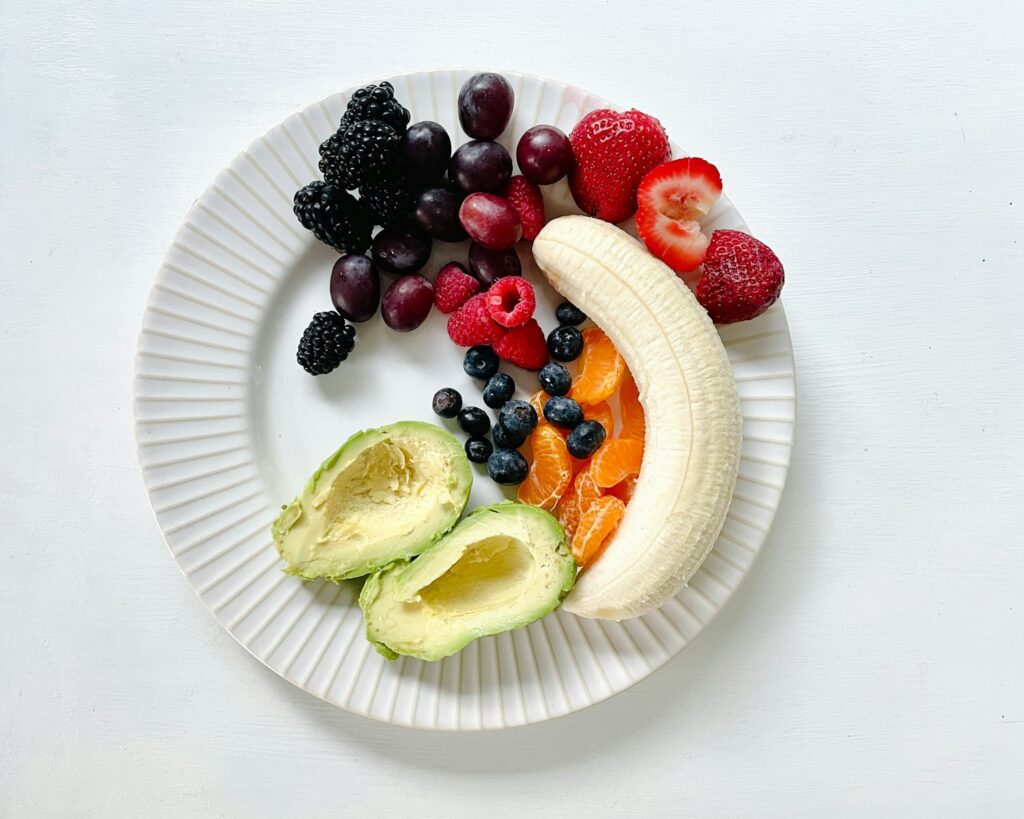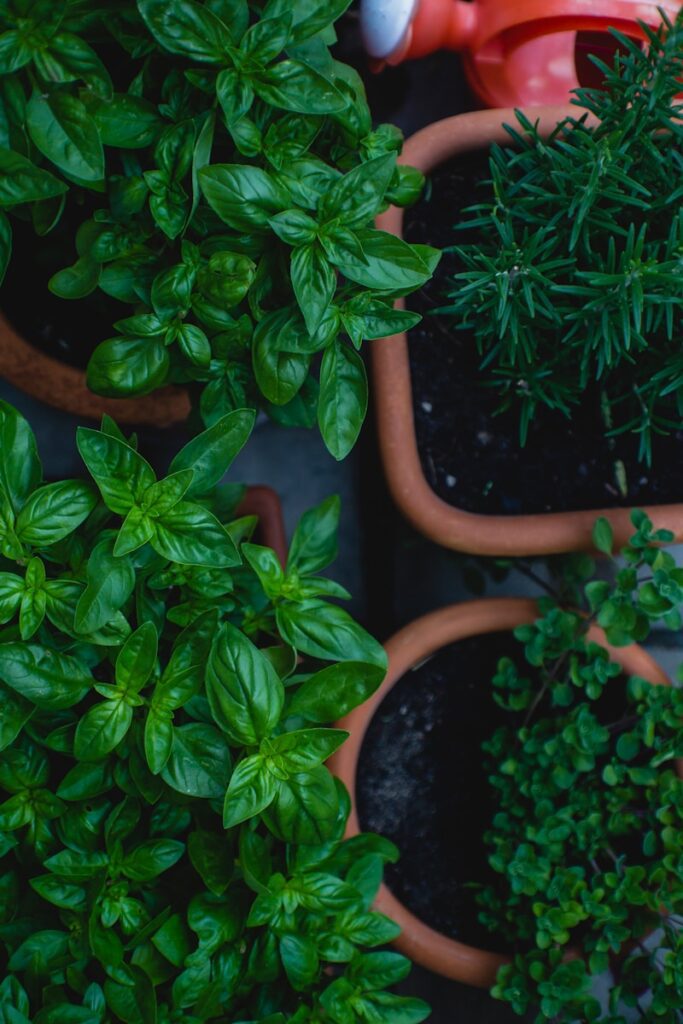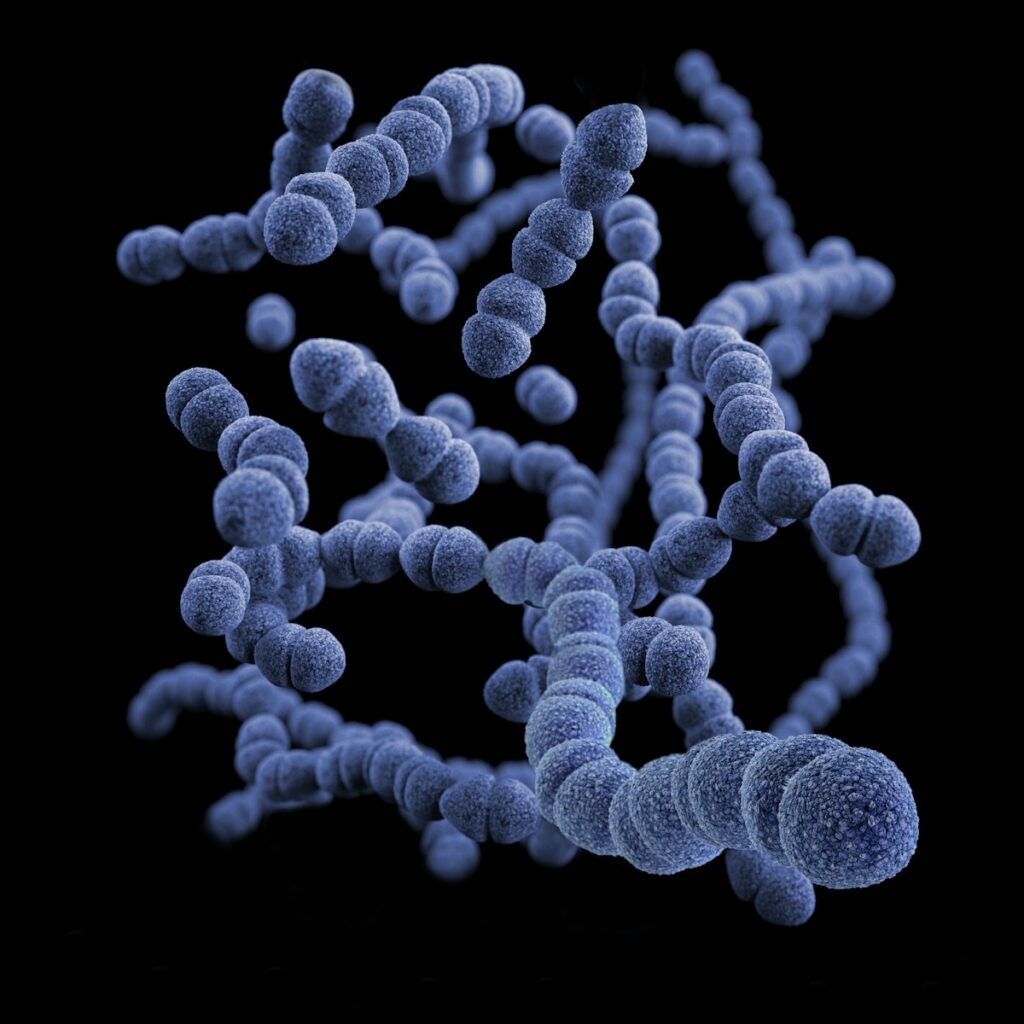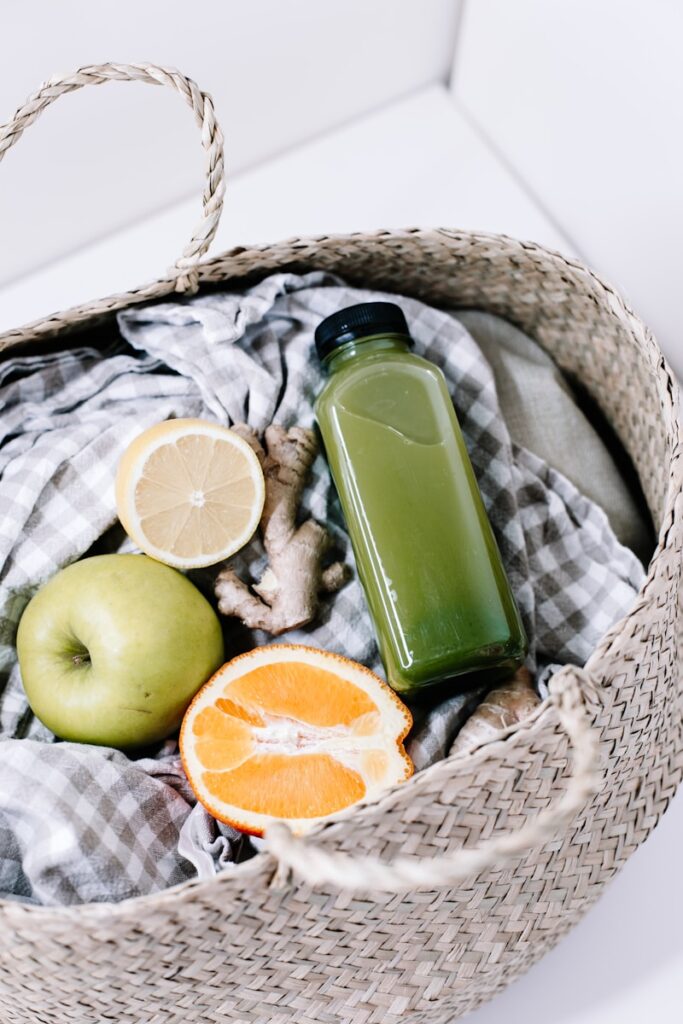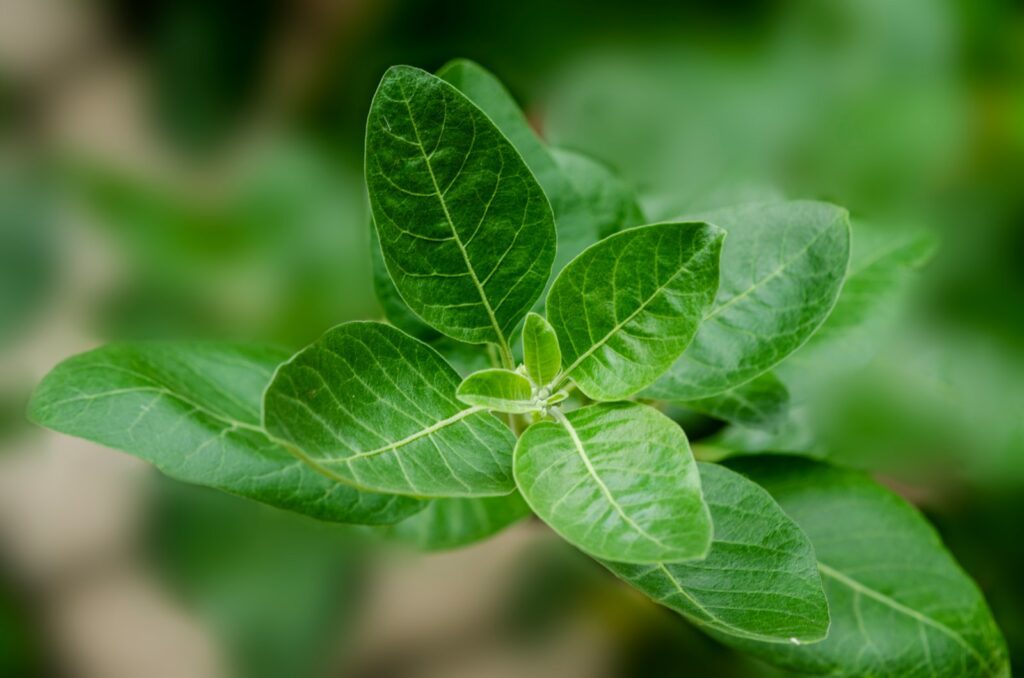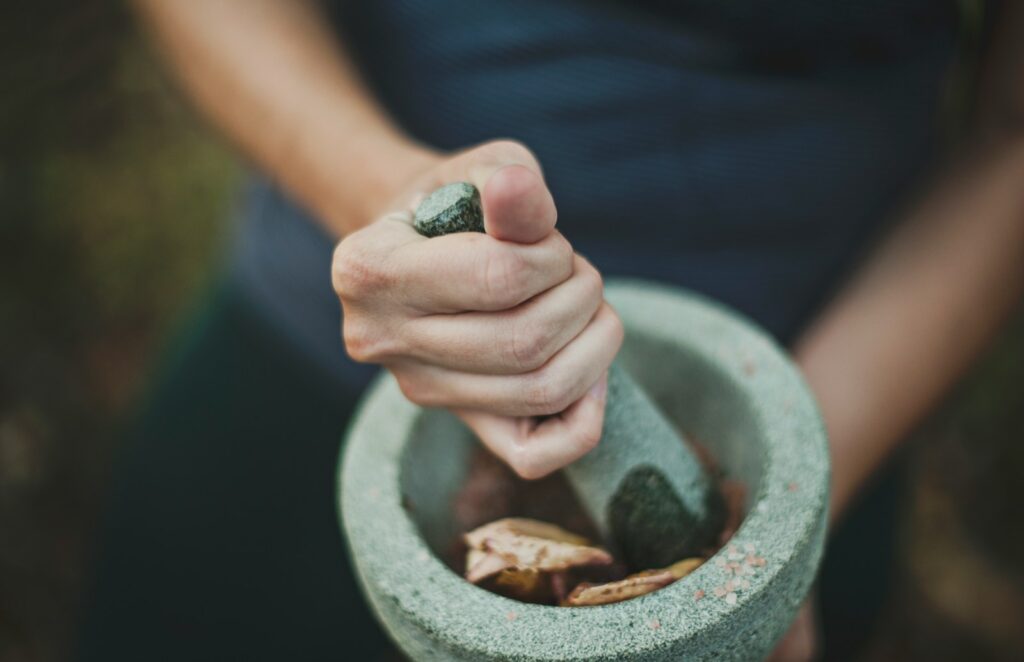This Post Contains Affiliate Links. Please Read Our Disclosure for Full Information.
If you’ve ever turned over a shampoo bottle, cleaning spray, or even your favorite candle and wondered “what are all these chemicals?” — you’re not alone. Our everyday products are filled with hidden toxins that can affect everything from our skin to our hormones. But here’s the good news: living a non-toxic lifestyle isn’t about tossing out everything you own overnight. It’s about making small swaps that add up big time.
Think of it as a wellness upgrade — one step at a time. Below, we’ll walk through simple, realistic ways to start your non-toxic journey and create a healthier home, body, and environment.
🌿 1. Start With Your Cleaning Products
Most store-bought cleaners contain harsh chemicals like ammonia and bleach, which can irritate your lungs and skin. Instead, opt for non-toxic, plant-based alternatives.
- Swap harsh sprays for all-purpose natural cleaners like Seventh Generation All-Purpose Cleaner.
- DIY hack: Mix vinegar, baking soda, and lemon for an easy at-home cleaner.
🧴 2. Rethink Your Skincare & Beauty Routine
Many cosmetics are filled with parabens, sulfates, and synthetic fragrances. Switching to clean beauty doesn’t mean sacrificing results — it means treating your skin with safer ingredients.
- Try clean moisturizers like CeraVe Hydrating Facial Cleanser.
- For makeup, swap traditional foundations for non-toxic brands like ILIA Super Serum Skin Tint.
🕯 3. Replace Scented Candles with Natural Alternatives
Artificial fragrances are a big source of hidden toxins. Instead of paraffin-based candles, look for soy, coconut, or beeswax candles with essential oils.
- Cozy upgrade: Beeswax Candles.
- Or try an Essential Oil Diffuser with lavender or eucalyptus oils.
🛏 4. Detox Your Bedroom
We spend one-third of our lives sleeping — so your bedroom should be a low-toxin zone.
- Swap synthetic sheets for breathable organic cotton sheets like Whisper Organics 100% Cotton Sheets.
- Ditch synthetic air fresheners and instead use a Himalayan Salt Lamp.
🥑 5. Switch to Non-Toxic Cookware
Many non-stick pans contain Teflon (PTFE), which can release harmful fumes when overheated.
- Healthier swap: Ceramic Nonstick Pans.
- Bonus: Use glass food containers instead of plastic to reduce chemical leaching. Glass Meal Prep Containers.
💧 6. Filter Your Water
Tap water can contain chlorine, fluoride, and microplastics. Installing a filter is one of the easiest health upgrades.
- Try Brita Water Filter Pitcher.
- For whole-home solutions, Aquasana Water Filters.
🥦 7. Eat More Organic & Seasonal Foods
Food is fuel, but pesticides sneak into fruits and veggies. Buying organic — at least for the “Dirty Dozen” — can reduce your toxin load.
- Store produce longer with Reusable Produce Bags.
- Meal prep with Organic Superfood Powders.
🧘 8. Reduce Plastic Where Possible
Plastics often contain BPA and other hormone disruptors. The easiest swaps?
☀️ 9. Choose Safer Sun Protection
Many sunscreens contain oxybenzone, a chemical linked to hormone disruption. Instead, opt for mineral sunscreens.
🪴 10. Bring Nature Indoors
Plants don’t just look pretty — they help filter toxins in the air naturally.
- Low-maintenance choices: Snake Plants or Peace Lilies.
Final Thoughts
Transitioning to a non-toxic lifestyle doesn’t have to be overwhelming. Focus on one area at a time — maybe it’s swapping out your cleaning spray this week and your skincare next. Every little change adds up to a healthier, safer, and more mindful way of living.
Remember: this isn’t about perfection, it’s about progress. 🌱
We are giving it for free to our users
Get 7 Free Digital Planner
The Bundle Includes -
Daily Planner, Weekly Planner, Monthly Planner, Self Care Planner, Daily Reflection, Goal and Habit Tracker, Gratitude Journal and Budget Tracker


